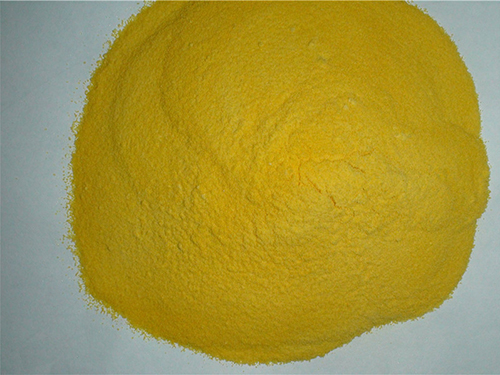Safety Data Sheet Overview for Polyaluminum Chloride Properties and Handling Guidelines
Understanding Polyaluminum Chloride (PAC) and Its Safety Data Sheet (MSDS)
Polyaluminum chloride (PAC) is a widely used water treatment chemical known for its effectiveness in coagulation and flocculation processes. This compound plays a critical role in various industries, particularly in the treatment of drinking water, wastewater, and industrial effluents. As with any chemical substance, understanding its properties, applications, and safety measures is essential for ensuring safe handling and usage. This is where the Material Safety Data Sheet (MSDS) comes into play.
Chemical Composition and Properties
Polyaluminum chloride is a polymeric inorganic coagulant that consists of aluminum, chlorine, and oxygen. It is commonly available in both liquid and solid forms, with the liquid version being preferred in water treatment applications due to its ease of handling and application. PAC is characterized by its ability to form large, dense flocs that can effectively trap suspended solids, allowing for their efficient removal from water.
The primary function of PAC is to destabilize particles and promote their aggregation, facilitating the subsequent removal of contaminants from water sources. Its performance is typically superior to traditional aluminum sulfate, especially in low-temperature or low alkalinity water conditions.
Applications in Water Treatment
PAC is extensively used in various water treatment applications, including drinking water purification, wastewater treatment, and industrial processes. In drinking water treatment, PAC helps remove turbidity, color, and organic matter, ensuring that the water meets safety standards before distribution. In wastewater treatment, it aids in the clarification process by aggregating solids and assisting in removing pollutants. Additionally, in industries such as paper production, mineral processing, and food processing, PAC serves as an effective clarifying agent.
Importance of the MSDS
The Material Safety Data Sheet (MSDS) is a crucial document that provides detailed information about a chemical's properties, hazards, handling, and emergency measures. For PAC, the MSDS contains essential information that helps users understand the potential risks and safe practices associated with its use.
polyaluminum chloride msds

1. Hazard Identification The MSDS outlines the potential health hazards associated with PAC exposure. This includes irritation to the skin, eyes, respiratory tract, and possible harmful effects upon ingestion. It also specifies any environmental hazards and guidelines for safe disposal.
2. Composition and Ingredients The MSDS lists the chemical composition of PAC, providing clarity on its constituents, which is vital for understanding its behavior and interactions in various conditions.
3. First Aid Measures In case of exposure or accidents, the MSDS provides first aid measures to mitigate health impacts. For instance, it offers instructions for dealing with spills, skin contact, and inhalation, ensuring that individuals can respond swiftly in emergencies.
4. Handling and Storage The MSDS details safe handling and storage practices, recommending proper personal protective equipment (PPE) such as gloves and safety goggles to minimize exposure risks. It also highlights the importance of maintaining proper ventilation during use.
5. Fire-Fighting Measures While PAC is generally non-flammable, the MSDS includes information on extinguishing methods and safety precautions in case of a fire, ensuring preparedness for various scenarios.
6. Regulatory Information The MSDS provides information about compliance with local, state, and federal regulations concerning PAC, helping companies adhere to environmental and safety standards.
Conclusion
Polyaluminum chloride is an indispensable chemical in various water treatment processes, contributing to cleaner and safer water for consumption and industrial use. Understanding its properties and potential hazards through the MSDS is crucial for safe and effective application. By following the guidelines provided in the MSDS, users can minimize risks and foster a safer working environment while benefiting from the advantages that PAC brings to water treatment solutions. Whether in municipal water facilities, industrial settings, or research laboratories, awareness and education regarding the safe use of PAC ensure both public safety and environmental protection.
-
Water Treatment with Flocculant Water TreatmentNewsJun.12,2025
-
Polymaleic AnhydrideNewsJun.12,2025
-
Polyaspartic AcidNewsJun.12,2025
-
Enhance Industrial Processes with IsothiazolinonesNewsJun.12,2025
-
Enhance Industrial Processes with PBTCA SolutionsNewsJun.12,2025
-
Dodecyldimethylbenzylammonium Chloride SolutionsNewsJun.12,2025





